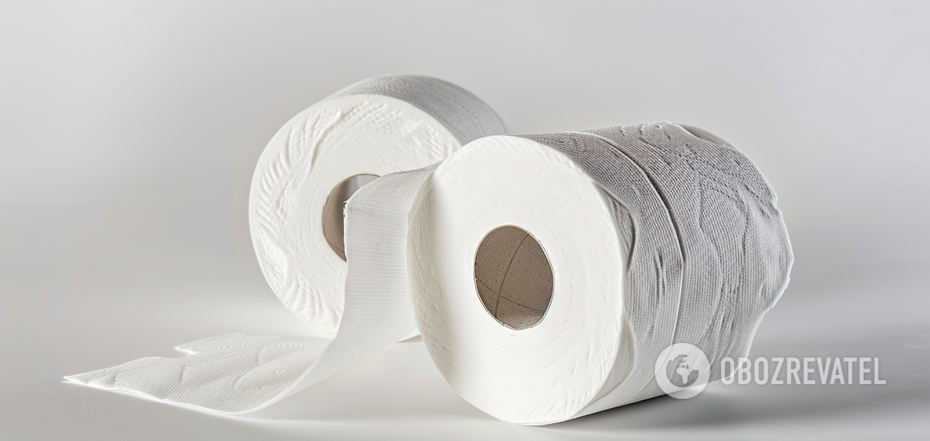Life
Why people in the USSR wore a "necklace" of toilet paper and how it came into the lives of the Soviets
In the last two decades of the USSR's existence, one could see a strange phenomenon on the street from a modern perspective: a person walking around in a "necklace" made of toilet paper rolls. It may be difficult to explain now why Soviet citizens sometimes looked like this. But we will try.
The history of the emergence and popularization of toilet paper in the Soviet Union deserves a separate coverage. OBOZ.UA looked into the nuances.
When did Soviet toilet paper appear?
While the entire civilized world has long been familiar with paper hygiene products, the USSR continued to think more about the arms race and space exploration. Therefore, the first industrially produced toilet paper appeared in the country only in 1969. For this purpose, specially purchased equipment was brought to Leningrad (now St. Petersburg) from England.
Before that, people used ordinary newspapers. Printed propaganda was produced in sufficient quantities in the Soviet Union, which led to the accumulation of a large amount of waste paper. So people came up with additional uses for newspapers. For example, they cut them into pieces and put them in the toilet. People didn't think much about the fact that the printing ink contained lead and other harmful substances, and the paper itself was quite stiff.
How toilet paper became popular
At first, Soviet people, accustomed to total austerity, did not pay attention to the strange rolls. They didn't understand why they should spend extra money if there were so many almost free newspapers.
Therefore, they began to popularize the hygiene product in a way that was typical for the USSR: by coercion and propaganda. Rolls were distributed to the workers of the plant that produced it. Also, propaganda videos were shown in cinemas urging citizens to use toilet paper. And in this case, this approach worked - people paid attention to the hitherto unusual product and really appreciated its benefits.
Where did the "necklaces" from the rolls come from
Even such a small improvement in living conditions caused a huge stir among Soviet people. They began to sweep toilet paper off store shelves, so it soon became a scarce commodity, and the Leningrad plant could no longer cope with demand.
The authorities had to impose restrictions on the sale of the product. At a certain point, one citizen could buy only 10-12 rolls in one hand. People took full advantage of this right. They bought the entire amount allowed to them at once. It was not easy to bring home such a large purchase, especially given the fact that Soviet people made large-scale purchases every time, creating stocks in case of another shortage. Therefore, a rope was threaded through the rolls, tied, and worn around the neck like a necklace to free up hands for bags with other purchases.
Despite the fact that a person with such a haul looked strange, people on the street looked at him with admiration and envy. This meant that he was lucky and that for a while his difficult Soviet life would become a little easier.
Subscribe to OBOZ.UA channels in Telegram and Viber to keep up with the latest events.




























